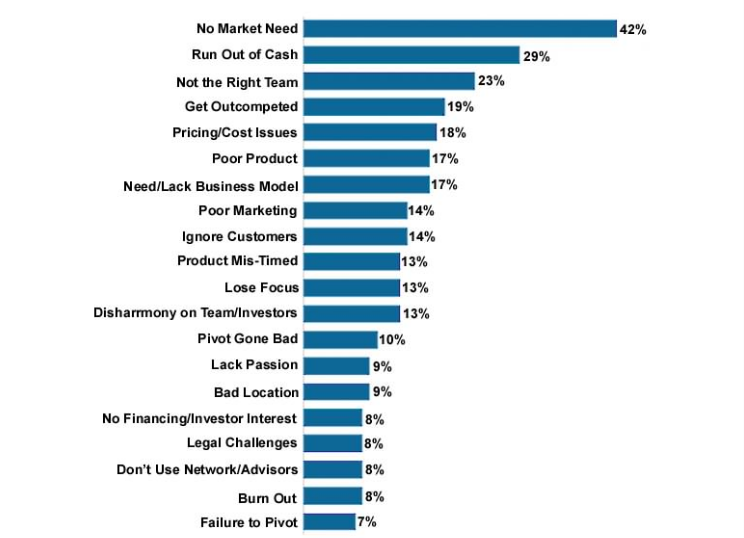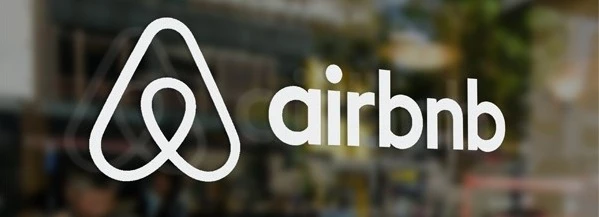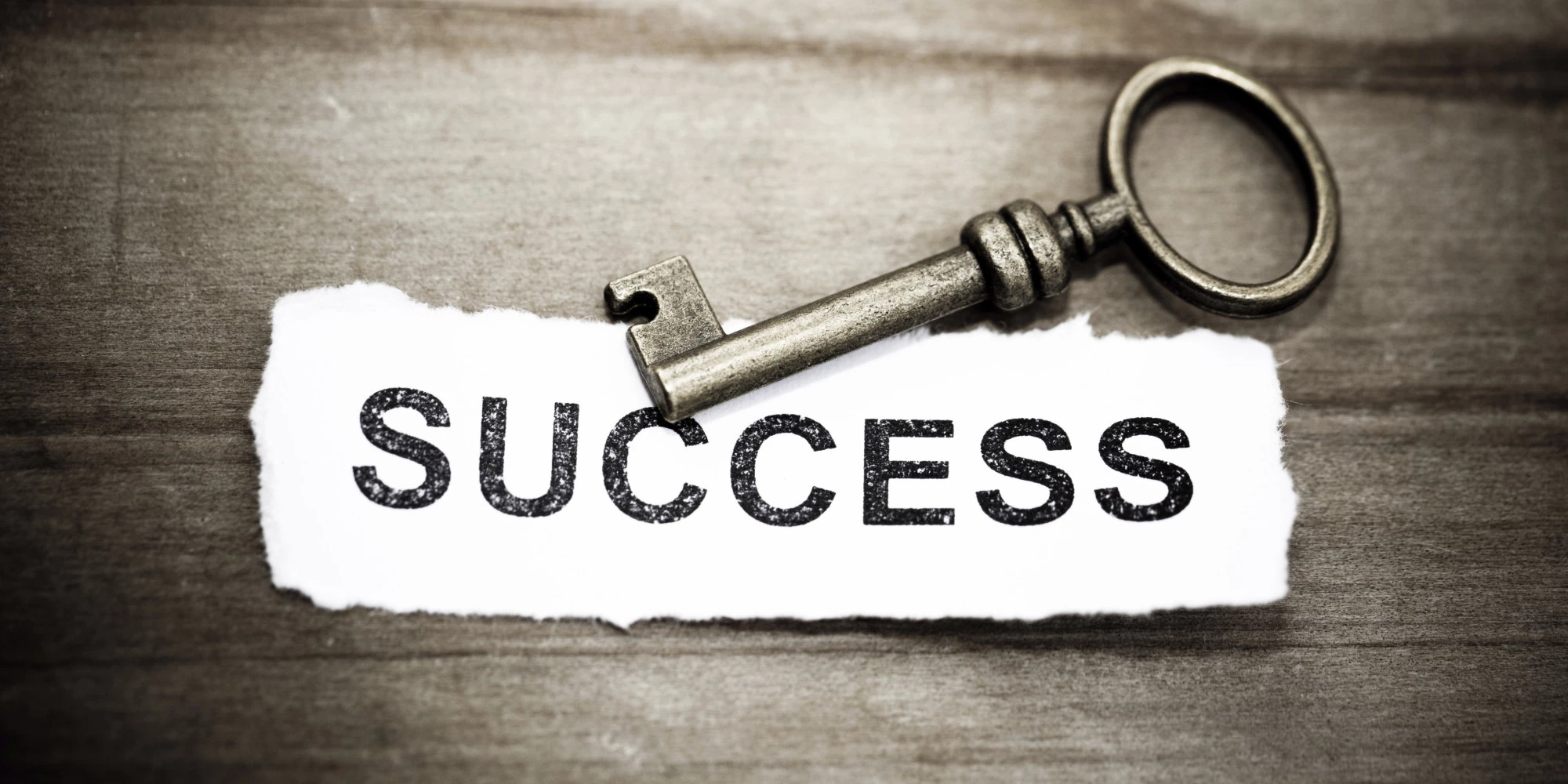
Every startup owner would like his creation to become big enough to be called a unicorn. However, few founders manage to reach this goal. How to create a popular mobile application that will become unicorn?
A startup, which is valued at $1 billion and more, is called a unicorn. The analogy with this mythical animal can be explained by low statistical chances for any startup to reach such a high value. According to the data of TechCrunch, there are 263 unicorns in the world with a total valuation of $900.9 billion. They have raised $168.8 billion of investments in total. You might be interested in how to create a successful messaging startup, or how much does it cost to develop WhatsApp-like mobile app.
On the other side, many startups fail in the first year of their existence.
TOP-20 Reasons Why High Tech Startups Fail

According to CB Insights, there are over 1,200 unicorns in the world today. The software industry has the majority of unicorns in the world. For startups, creating a successful mobile app can be a game-changer. It can potentially lead to rapid growth, market dominance, and even unicorn status.
The second reason why startups become bankrupts is the lack of financial resources. Keith Speights, a writer and investor, supposes that founders often underestimate the amount of money they will need in order to make their business grow. In the same time, business owners usually overestimate their future sales and count on the perfect market condition. So, we will talk about the best practices in creating successful startups.
Marketing Research

On average, privately-held companies spend about 11% of their whole budget on marketing. According to the data provided by the CMO Survey, marketing helps drive the highest revenue growth in 38.4% companies in comparison with other departments. To do the marketing, a startup must know three things: where to sell, whom to sell, and how to reach the target audience.
Want a web app that does more?
Let's build a solution that's smart, sleek, and powerful.
Alina
Client Manager

Know Your Market
Each entrepreneur may have heard that knowing the market is crucial for business. Although, few of them understand why it is that important. One detailed marketing research can save you hundreds of thousands of dollars and help avoid a tremendous mistake at the very beginning.
The market contains three main components:
- Customers;
- Suppliers;
- Competitors.
Scrupulous learning them all will define the possibility of your mobile application to reach the value of $1 billion. Knowing the market will help define a total demand and, as a result, whether the target audience will buy your product. Also, you will find helpful our article about how to make an app go viral.
Know Your Audience

Knowing a total demand on the market is not enough for building an effective marketing strategy. Your customers are the ones who will buy what you offer, Therefore, you must know what your target audience prefers, how much your potential customers are ready to spend and how much they already spend on things like yours, what their pain is, and what they need. Try to describe your ordinary customers in details: how old they are, their hobbies and interests, their preferences and views, etc. The better you know your audience, the more chances you will create something they will appreciate.
Create a Marketing Strategy

There are 2.8M mobile apps in Google Play and 2.2M in App Store. You need to determine your direct competitors among them all and create a strict plan how you will reach your potential customers. Your marketing strategy has to focus on ensuring the correspondence of customer needs and what you offer. Your plan has to be flexible in order to provide you with a possibility to manage your marketing expenses for responding to changes in customer demand and perceptions. In the same time, it has to focus on building a long-term relationship with those who use your app.
Learn How impact mapping tool is helpful in developing marketing strategy.
Product Management

When you are done with your homework, you may proceed to planning your main work in case the market has a gap where you can create a value. Remember that the greatest asset in your company is your team. Venture funds mostly invest in professionals, not products. Hire a dedicated team and keep on working.
Choose the Right Business Model

In fact, choosing a business model is the most significant decision when creating a startup. This is an opinion expressed by Tony Hsieh, a chief executive officer (CEO) of Zappos, for Huffington Post. A business model (BM) is actually how your company will make money. For each industry, business models may vary, but we will list main BMs for classic mobile applications.
How to monetize mobile apps:
- In-app advertising;
- Freemium (paid additional features);
- Paid application;
- In-app purchases;
- Subscription;
- Sponsorship.
When you make a deep analysis and define the most convenient business model, proceed to the next step.
Build a Scalable Product
Scalability is a key to a possibility to become big enough in order to be able to be called a unicorn. At first, you always focus on one single location, but your startup must have a structure that will allow it to grow worldwide. Fortunately, IT technologies provide a possibility to scale products in an easy way. However, it depends on a complexity of your idea and it is important to scale step-by-step.Things to know when embarking on large IT-project.
Create an MVP Wisely

There are the right place and time for hiring 700+ employees and spending hundreds of thousands of dollars on startup development. Though, you may think about it when your app gets traction, positive reviews, and income. Creating an MVP will help test business idea and start generating finances that can be reinvested in further improvements. Let your MVP solve the main problem of your target audience and when customers will appreciate your idea, you may add supplementary features. The faster you build an MVP and the less money you will spend on it, the sooner you will be able to build a real unicorn.
Organize Your Finances Appropriately
You may try raise funds when you have only your idea. However, it will be a tough task. The better your team is, the more chances you have to get investments. Create a correct financial plan and use a wise approach to make it. If you do not have enough experience in creating financial plans, you may hire a corresponding specialist who will assist you. Do you still remember the second reason why startups fail? That is why you need a professional financial plan.
Secrets of Current Unicorn Apps
We can learn theory for years, but, without a proper example, it is hard to reach success. That is why we will cover the main aspects why some startups become unicorns and why others fail. For this goal, we will focus on current unicorns and highlight their secrets.
Uber

Wherever a passenger is and whatever device he or she uses, Uber is always ready to give him/her a ride. A smartphone, fitness tracker, and smartwatch can all be used to book a taxi. Uber grows fast and it even shocks because it is almost everywhere despite it has a business model that is hard to scale. Indeed, the moving force of such a fast growth is investments. Even Google has invested in this startup.
Uber provides a cheap and fast service and it creates a win-win situation for both passengers and drivers. So, the main components of Uber success are:
- Professional team;
- An old and working idea that has been reincarnated in a new style due to modern technologies;
- Fast growth;
- Regular financing.
Airbnb

There are various online ad placing platforms where it is possible to rent an apartment in each country. Although, when you are going abroad and have no idea which platforms are reliable in a specific country, you face the problem how you can find a cheap accommodation for a couple of days. Airbnb has managed to create a reliable global rental platform. Every you want to rent an apartment using Airbnb, you are sure you will have a place to live and an owner is an adequate person. The startup has a simple fee-based business model, a useful service, and easy-scalable structure. These three components form the success of the unicorn.
Spotify

Spotify is a good example for our blog post because it has a business model that differs from above-mentioned companies. The service is free to most users but it still generates profit. Three quarters of users utilize Spotify for free but suffer from annoying ads. Other users pay $10 per month and enjoy their favorite music without a need to download it. The business idea of Spotify is not new: iTunes used to charge $0.99 for a single song. So, the main secret of Spotify’s success is a perfectly chosen business model that allows users to pay less.
Success Formula Of a Unicorn-App

4 rules of successful startup:
- An idea as a problem-solver;
- A team as an asset;
- Investments as a resource;
- A business model as an income generator.
Behind any unicorn app, there is a useful service that makes people’s lives easier in some way. Your service can be much cheaper due to using modern technologies like Spotify, it can be really reliable like Airbnb, or ubiquitous like Uber. In age of globalization you may even combine all existing ideas into one solution or to create an innovative product. One way or another, remember that there always is a wise founder behind any unicorn.
If you're interested in developing a Unicorn app, you likely have some questions about the Unicorn Application Framework (UAF). This FAQ section aims to help you better understand the UAF and its benefits.
FAQ About UAF
What is the Unicorn Application Framework (UAF) and how does it differ from a traditional app development approach?
The UAF is an innovative framework designed by Unicorn to streamline the creation and management of enterprise applications. Unlike traditional app development methods, the UAF is designed to support a range of mobile and IoT devices. It also simplifies the process of deploying enterprise applications to the cloud. This approach lets you focus less on programming and more on adding value to your business processes. Ultimately, this enhances the end user's experience.
What are the core principles and design goals of the UAF?
The UAF is built on the principles of flexibility, scalability, and efficiency. Its primary goals are to support a wide range of devices, including mobile and IoT, and to enable seamless cloud deployment. The primary design goals revolve around efficiency and user-centricity. It aims to minimize programming effort and improve the reliability of apps.
What are the key components or modules included in the Unicorn Application?
The UAF architecture is composed of four key frameworks. The uuUserInterface (uu5) provides services for creating Graphical User Interfaces (GUIs) using HTML5. The uuIoT framework offers services for managing IoT devices. The uuCloud framework facilitates the delivery of elastic cloud services. Lastly, the uuAppServerKit provides services for the development of app components, such as REST micro-services.
Our developers have strong experience in MVP and high-load development for medium and enterprize business. Contact us on info@stfalcon.com to share your ideas. We will be glad to realise the project of your dream!



